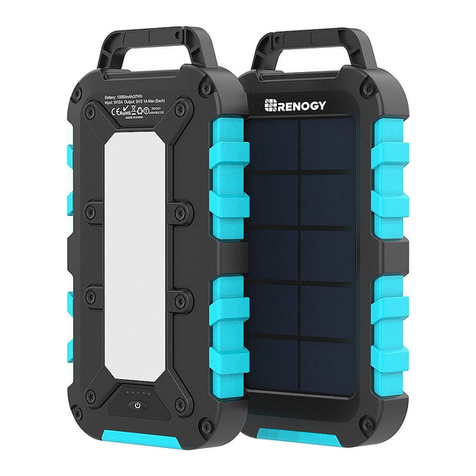Renogy PWM30CC-LCD User manual
Other Renogy Inverter manuals
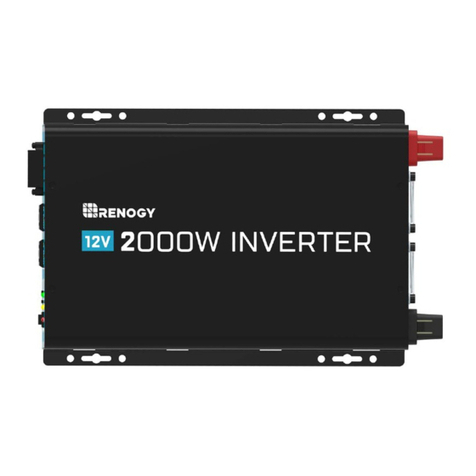
Renogy
Renogy R-INVT-PGH1-20111S-G1 User manual
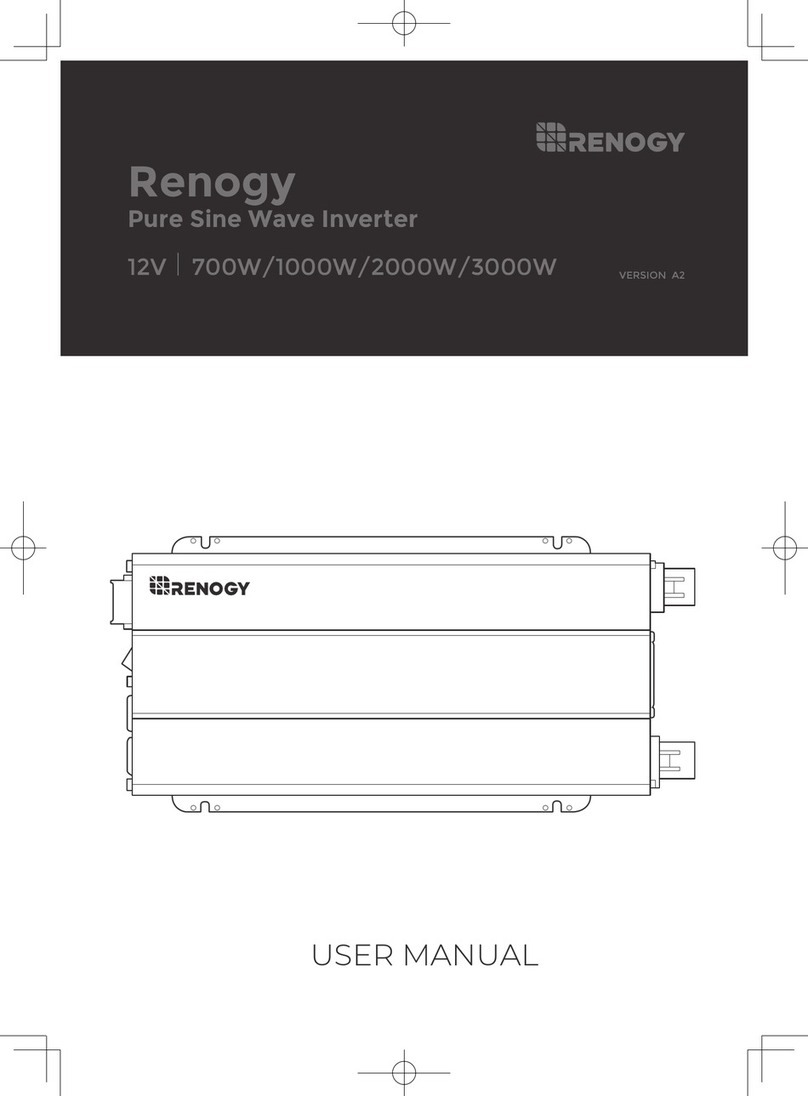
Renogy
Renogy RNG-INVT-700-12V-P2 User manual
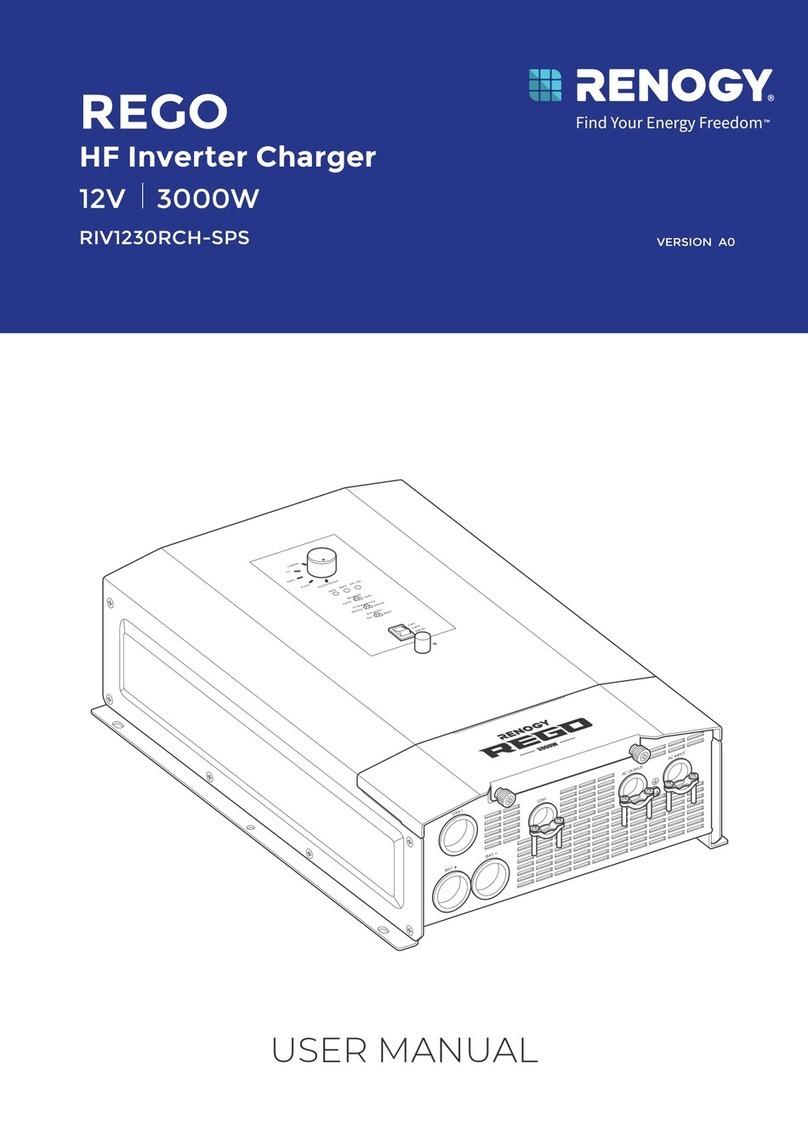
Renogy
Renogy REGO User manual
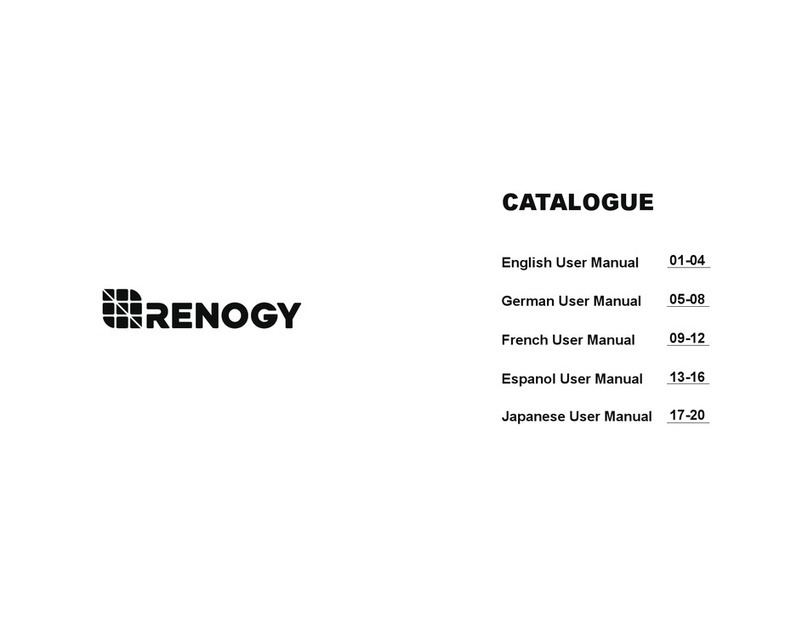
Renogy
Renogy E.FLEX 21W R-SC001 User manual

Renogy
Renogy RNG-INVT-700- 12V-P2 User manual
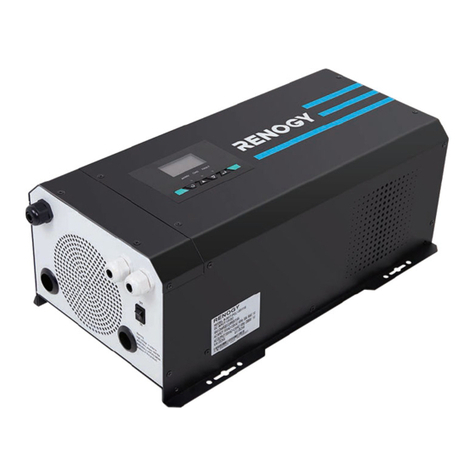
Renogy
Renogy PCL Series User manual

Renogy
Renogy 100W Solar Suitcase User manual

Renogy
Renogy Solar 400W 2.56kWh Extension Solution User manual
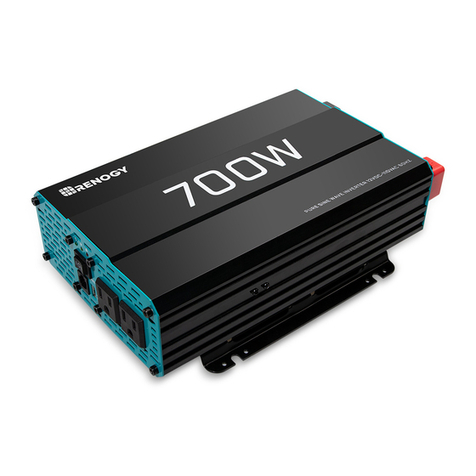
Renogy
Renogy 700w User manual
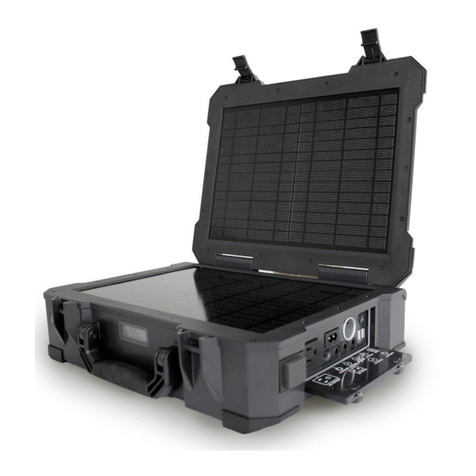
Renogy
Renogy Firefly User manual
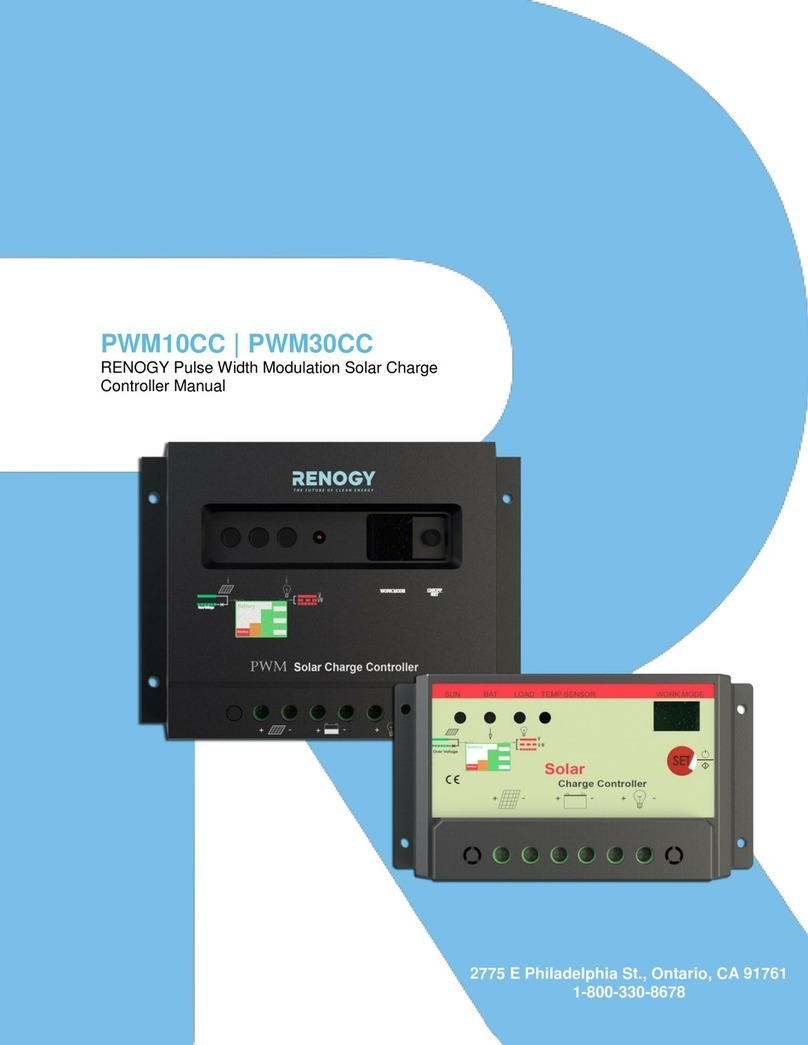
Renogy
Renogy PWM10CC User manual
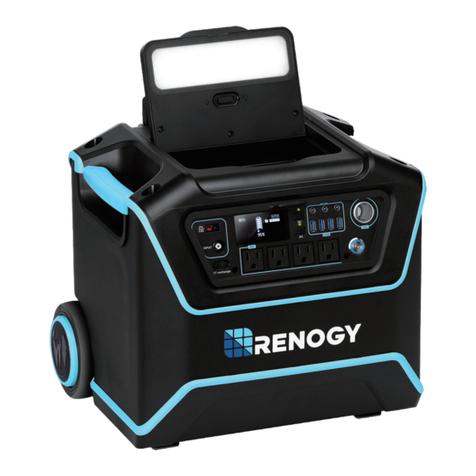
Renogy
Renogy Element Series User manual

Renogy
Renogy Solar 440W 3.84kWh Extension Solution User manual
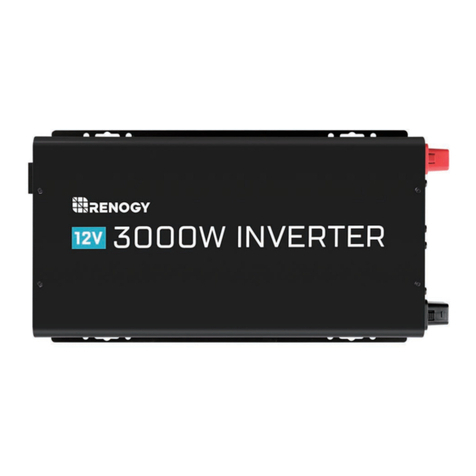
Renogy
Renogy PGH1-10111S User manual
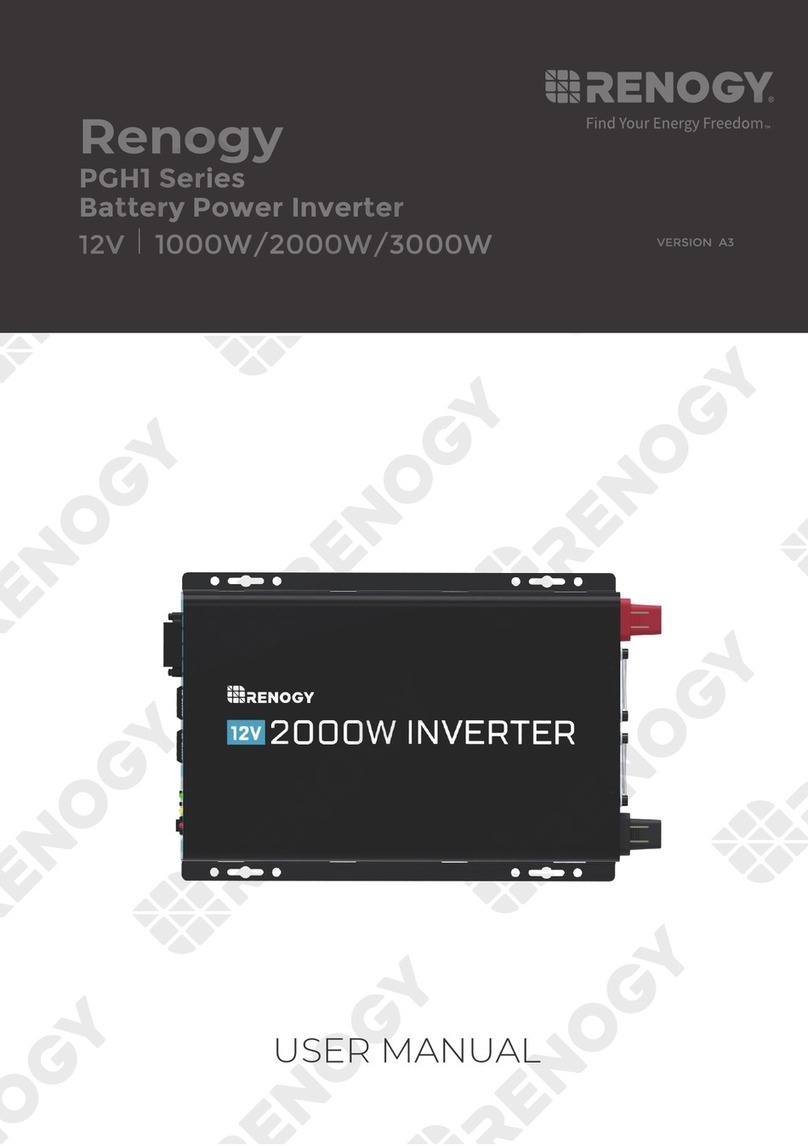
Renogy
Renogy PGH1 Series User manual
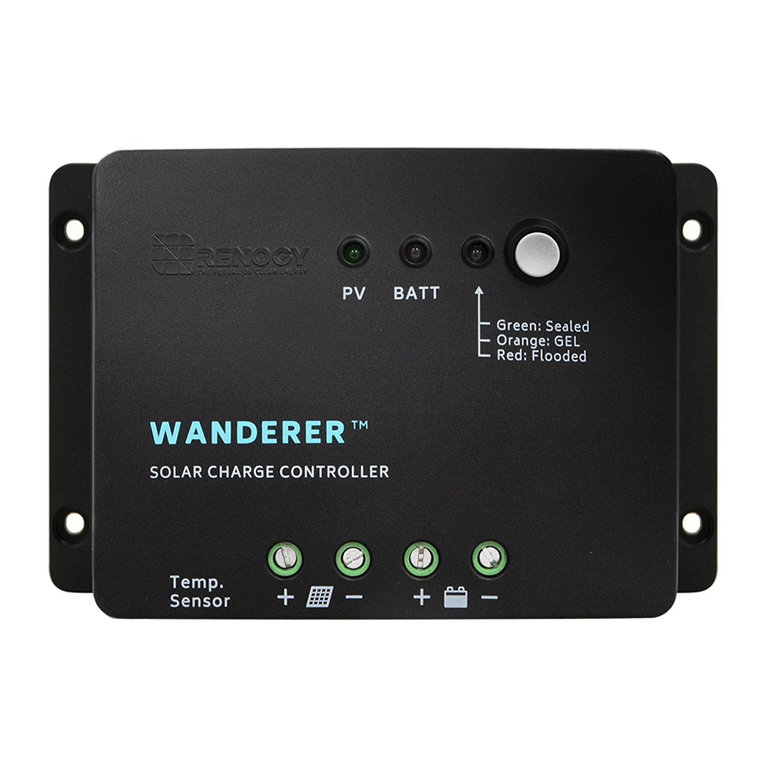
Renogy
Renogy Wanderer 30A User manual

Renogy
Renogy Solar 200W 2.4kWh Extension Solution User manual
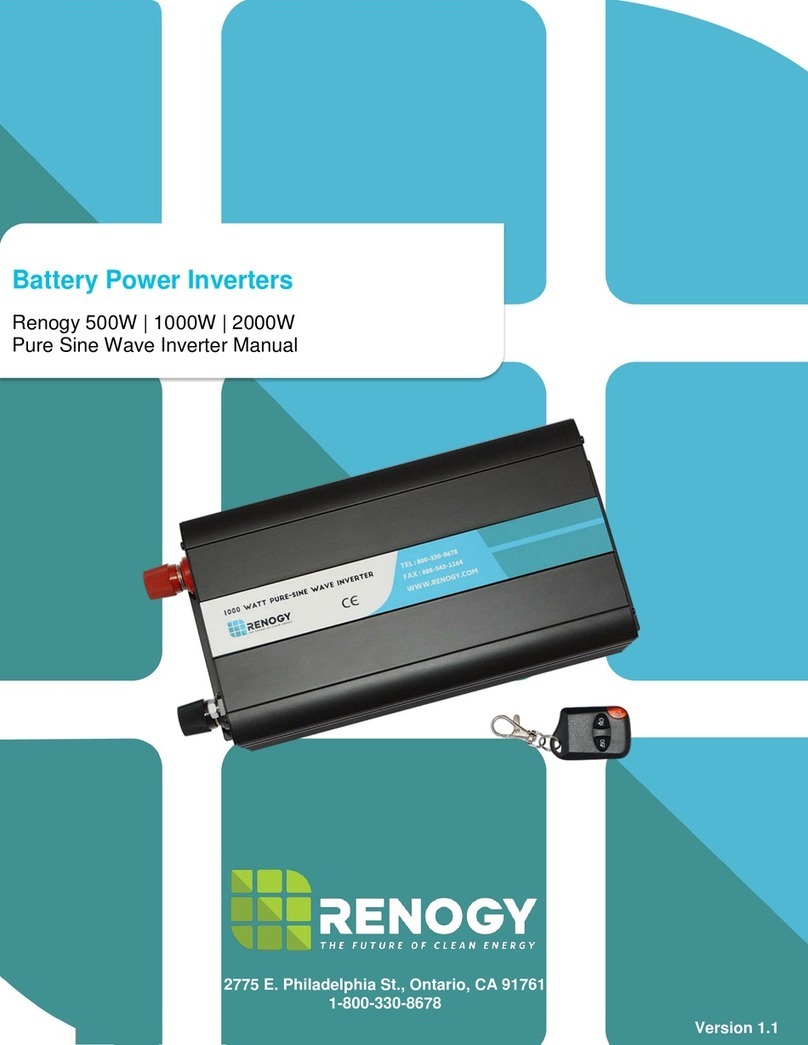
Renogy
Renogy 500W User manual
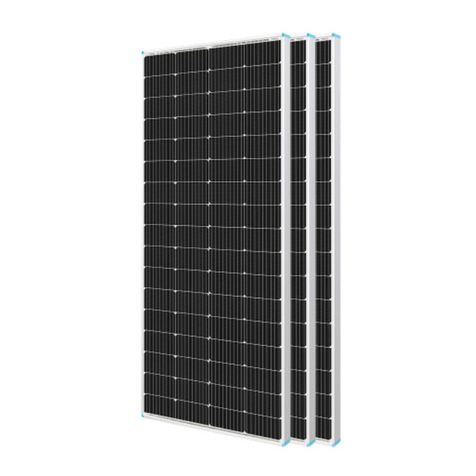
Renogy
Renogy Off-Grid Kit Configuration guide

Renogy
Renogy RSP8TC-G1 User manual
Popular Inverter manuals by other brands

BARRON
BARRON EXITRONIX Tucson Micro Series installation instructions

Baumer
Baumer HUBNER TDP 0,2 Series Mounting and operating instructions

electroil
electroil ITTPD11W-RS-BC Operation and Maintenance Handbook

Silicon Solar
Silicon Solar TPS555-1230 instruction manual

Mission Critical
Mission Critical Xantrex Freedom SW-RVC owner's guide

HP
HP 3312A Operating and service manual
